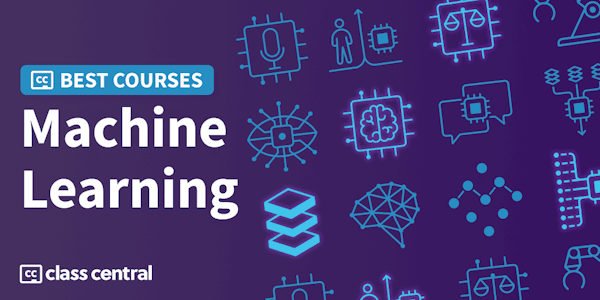Modelling and Controlling Turbulent Flows through Deep Learning
Cambridge University Press via YouTube
Overview
Syllabus
Intro
Modeling and controlling turbulent flow through deep learning
Motivation
Effect of Reynolds number for a given pressure gradient history: well-resolved LES
Adaptive simulations of NACA0012 profile with rounded wing tip
High-fidelity simulation of wing-tip vortex at Rec-200,000 and 5 degree angle of attack
Applications of machine learning to fluid mechanics
Outline of machine-learning applications to fluid mechanics
Flow reconstruction with a convolutional neu network (CNN)
CNN architecture
Turbulence statistics at Re,=550
Improving training performance: Transfer learning at Re,=180
Transfer learning from Re,=180 to 550
From sparse measurements to high-resolution predictions using GANS
FCN model for predictions closer to the wall
Self similarity in the overlap region: Off-wall boundary conditions
Turbulent flow in a simplified urban environment
CNN-based B-variational autoencoders CNN- Introducing stochasticity
Orthogonality: determinant of the cross-corre matrix
Effect of the penalization factor B
Optimality: ranking CNN-BVAE modes and interpretability
Deep reinforcement learning for flow control Introduction
Control of a 2D separation bubble
DRL and opposition control in turbulent channel flow: blowing and suction
Summary and Conclusions
Taught by
Cambridge University Press


